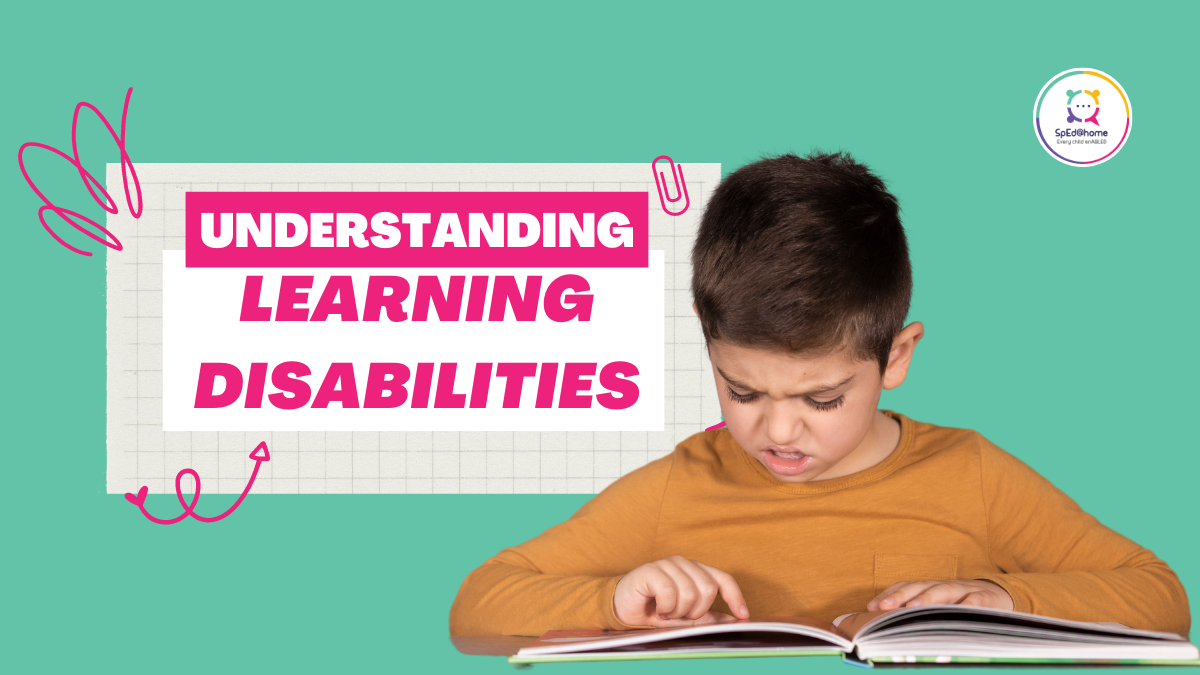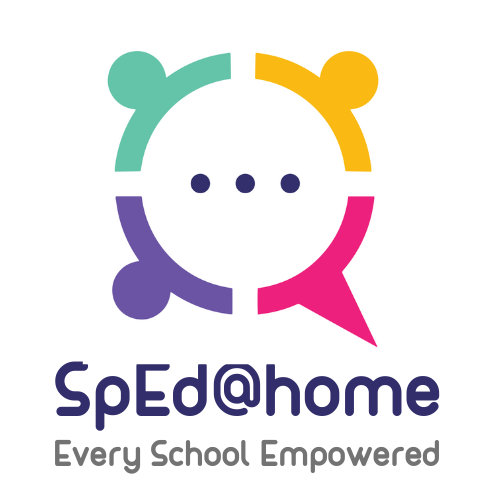As a general observation, children will frown when spoken to about school. Some find a happy place at their schools, while some struggle to keep up. Often, this attitude is regarded as some sort of a lazy excuse to keep away from school. However, if you look closely, there is. his possibility that this may not be a general attitude but someone out of them might be having a genuine learning disability (LD).
Some school stats suggest that around 5-9% of students in a school have a learning disabilities. It is a neurological disorder that affects the brain’s ability to receive, process, store and respond to information. And different levels and kinds of this difficulty are denoted with different terms. Learning disability may not be visually identifiable, however with the right assessment tools under expert guidance can help diagnose and manage the situation.
If you observe any kind of an inexplicable difficulty in your child’s academics, it is recommended that you take an assessment to identify the root causes of the same. It may or may not be a disability but it is always good to be sure. Assessments help in understanding the proficiency of the child interns of academics, motor skills, etc. With an assessment it becomes easy to design a bespoke and effective development plan for the child. This development plan may also include therapy sessions as and when required.
Therapy is the right way forward as it not only helps in academics, it also take care of the overall development. Parents are always worried about academics, and children too. They follow traditional ways to make sure their child studies and attains good grades. However, some of these children have special and differential needs that go unidentified and then the roll of adverse effects start. The child is unable to cope up with their peers and is always left behind. And in the long run, the educational gap widens to irreparable extents. Therefore it is important to look for the earliest clues and symptoms to avoid such damage.
Here are some points to reflect upon.
Take charge of your child’s education
Help them strategize their education journey with the help of experts.
Take an assessment
Every child has a learning pattern that suits them the most. Identifying this can be a breakthrough to plug your child’s learning gaps.
Focus on life success, rather than school success
It is important to look beyond the grades and marks. Best way to do this is by teaching them self-awareness, self-confidence, independence, goal setting and help-seeking behaviour when needed.
Emphasize healthy lifestyle habits
Teaching children with special needs the importance of a healthy lifestyle, can help them be organized, healthy and stress free. Incorporating exercises. a balanced diet and adequate sleep is a great starting point.
Encouraging healthy emotional habits
Being frustrated by challenges is natural. Provide them with an outlet to express their anger, frustration, and feelings of discouragement. Listening to them is crucial. Doing so will help them connect with their feelings and, eventually, learn how to calm themselves and regulate their emotions.
It boils down to a conclusion that; if a child can’t learn the way we teach, maybe we should teach the way they learn. This will not only help them in their curriculum but also in life.
Some learning disabilities as follows
- Dyscalculia – Affects a person’s ability to understand numbers and learn math facts.
- Dysgraphia – Affects a person’s handwriting ability and fine motor skills.
- Dyslexia – Affects reading and related language-based processing skills.
- Dyspraxia – Affects the movement and co-ordination














